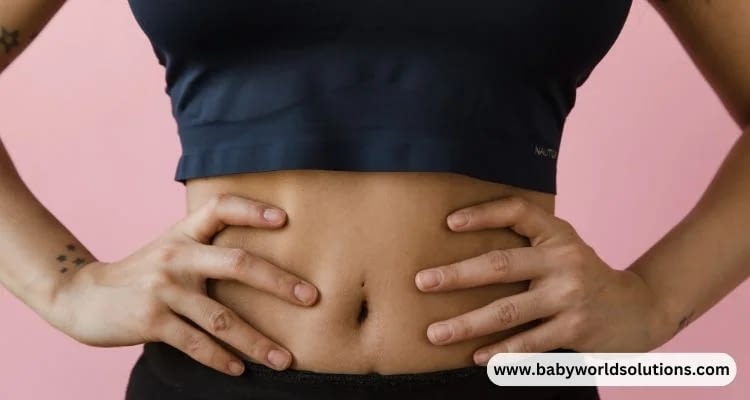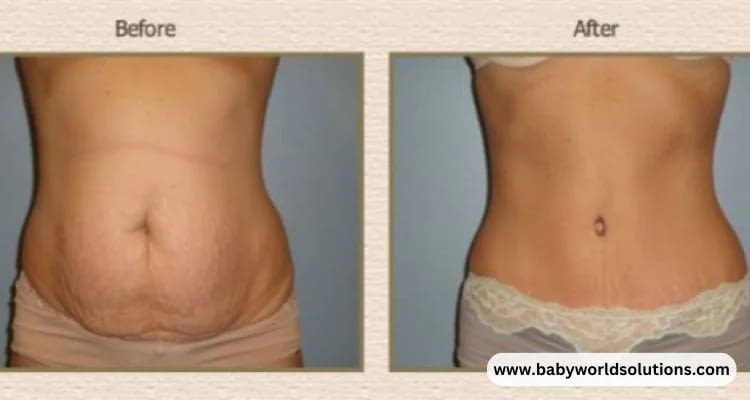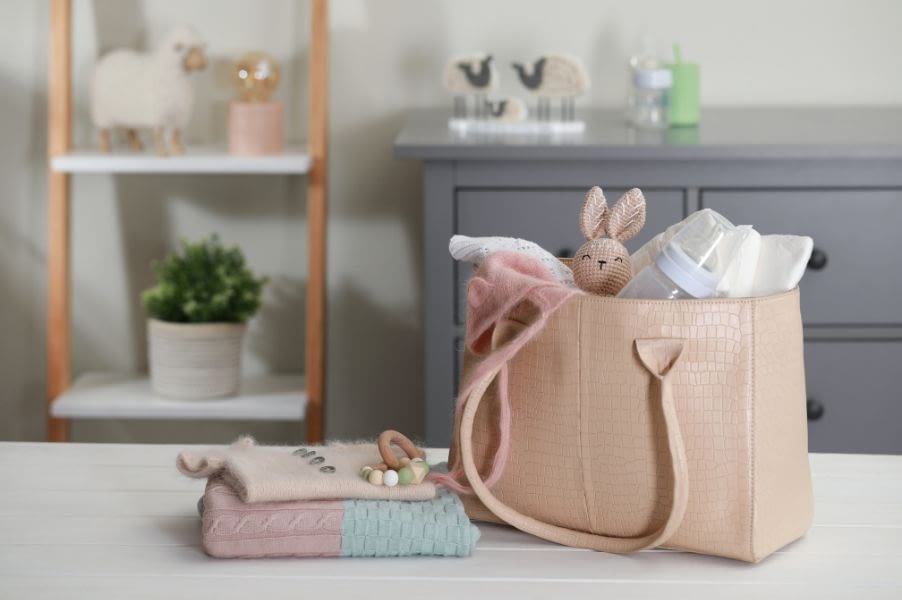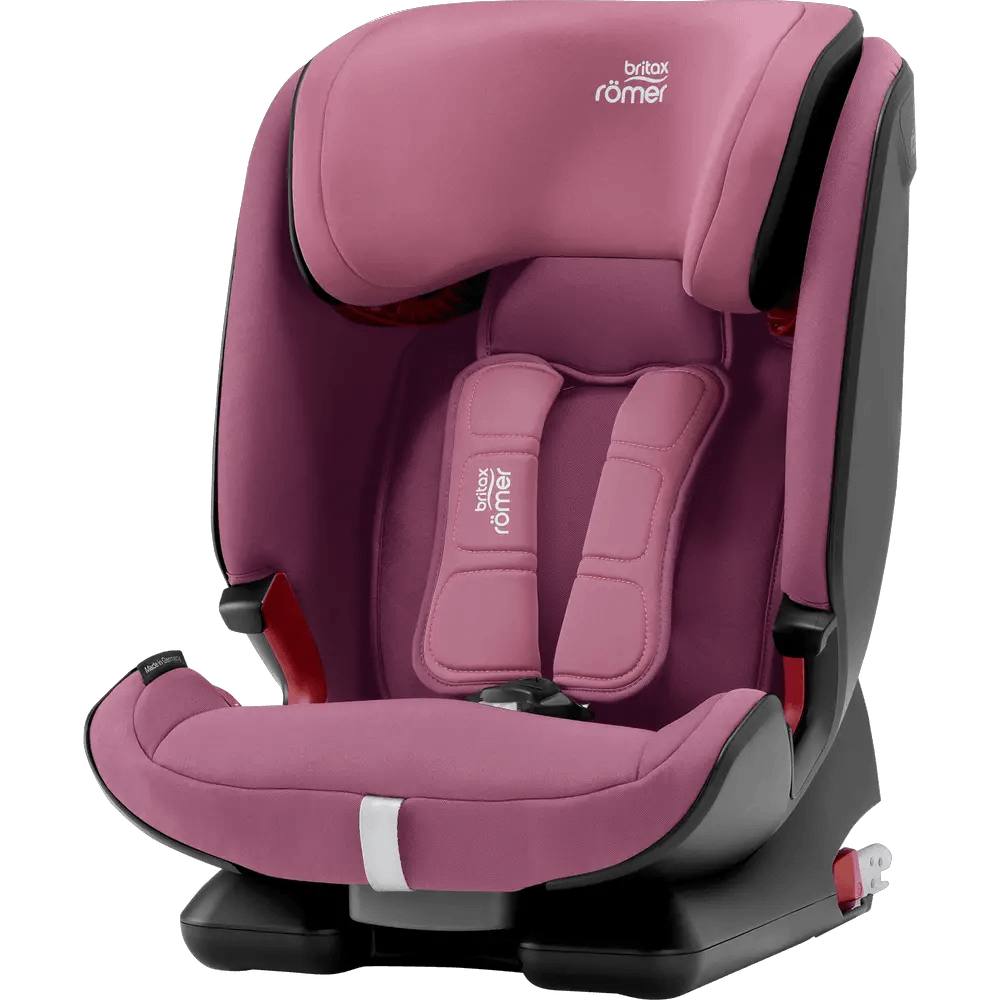Congratulations on becoming a new mom! You have begun the fantastic adventure of bringing a new life at the price of your once flat stomach. Adjusting to postpartum changes can feel overwhelming, but remember that support and understanding are available to help you navigate this beautiful phase of motherhood.
A C-section delivery is a substantial abdominal surgery resulting in a persistent belly overhang that may take time to resolve. However, with determination and patience, you can regain your pre-pregnancy body. In this article, we will explore some tips and tricks on how to get rid of the c section overhang.
Related: How to Relieve Wisdom Tooth Pain While Pregnant?
How to get rid of hanging belly after c-section years later?
Getting rid of a saggy belly after c-section, even years later, can be a gradual process that requires a combination of healthy habits. Here are some valuable tricks that may help to cure post c section belly overhang and tummy fat:
Start with the Right Diet
The post-delivery diet is crucial in weight loss and reducing belly bulge. Opt for a well-balanced diet rich in lean proteins, whole grains, and healthy fats. Minimize consumption of processed foods, sugary snacks, and beverages as they can impede progress. Prioritize nutrient-dense options like vegetables, fruits, whole grains, and nuts for sustained energy, satiety, and improved digestion.
Diet chart to reduce belly fat after C-section delivery
Offering a diet chart as a reference to help diminish a hanging belly without resorting to surgery. However, seeking guidance from a healthcare professional or registered dietitian is crucial before implementing substantial dietary modifications, particularly after a recent c-section. Their expertise can provide personalized advice based on your needs and health circumstances.
Breakfast:
- A serving of oatmeal with a garnish of sliced fruits like berries or bananas and a tablespoon of flaxseeds.
- A boiled egg or a serving of Greek yogurt
- A cup of green tea
Snack:
- A handful of nuts
- A piece of fruit
Lunch:
- Grilled chicken breast or baked fish (such as salmon or tilapia)
- A serving of steamed vegetables (such as broccoli, cauliflower, or spinach)
- A small portion of brown rice
- A mixed green salad
Snack:
- Carrot sticks with hummus dip
Dinner:
- A portion of lean protein (such as grilled tofu, lean beef, or turkey breast)
- Steamed or roasted vegetables (such as asparagus, bell peppers, or zucchini)
- A small portion of whole-grain pasta or sweet potatoes
Evening Snack:
- A glass of low-fat milk
Listen to your body’s hunger and fullness cues and adjust the portion sizes accordingly. Regular exercises, such as walking or gentle postnatal exercises, and a balanced diet can help reduce belly overhang after a c-section.

Get Moving with Exercise Routine
Exercising after a C-section delivery is a daunting task. Still, it is crucial to recovery and helps tone the stomach muscles in the abdominal region. Begin with simple exercises such as walking, yoga, and stretching, gradually increasing the intensity.
New moms can include cardiovascular exercises and strength training in their fitness routines. Engage in brisk walking, jogging, or cycling to burn calories, decrease stomach overhang and overall body fat, and helps to lose weight. Additionally, incorporate strength training exercises such as planks, squats, and abdominal exercises to tone and strengthen your stomach hang, leading to a flatter stomach.
What exercises get rid of C-section overhang? see video.
If you’re unsure about what exercises, to begin with, consult your doctor or consider working with a certified postpartum fitness specialist.
Stay hydrated
Ensure that you consume an appropriate quantity of water throughout the day. Staying hydrated is crucial as it aids in supporting digestion and metabolism, which are vital for maintaining good health and overall well-being.
Practice portion control
Be mindful of portion size and mindful eating. Avoid overeating by knowing your body’s signals about hunger or fullness. Smaller, more frequent meals can maintain energy and help prevent excess calorie consumption.
Get enough sleep
Ideally, aim to get 7-9 hours of sleep every night. Sufficient sleep can enhance overall health, regulate appetite-controlling hormones, and support weight loss efforts.
Invest in Supportive Clothing
After delivery, your abdominal muscles will weaken and require time to heal. Investing in postpartum belly wraps is the best way to support your belly and provide comfort.
Belly bands offer adaptable support to the abdominal muscles during workouts and come in various sizes and shapes, ensuring a comfortable fit, even for plus-size new mothers.
Practice Good Posture
During pregnancy, your posture might have worsened, leading to a strain on the abdominal wall. You can correct your posture by carrying things close to your body, sitting up straight on a chair with proper support, and sleeping on your back to avoid stressing the stomach muscles.
Improving your posture, standing tall, and keeping the core engaged will encourage abdominal healing.
Be Patient
Recognize that the C-section pouch cannot be eradicated instantly. It may take several months to observe noticeable changes in your abdomen. Nevertheless, stay hopeful and patient during this process.
Consistently follow the above tips on how to get rid of hanging belly after c section, stay hydrated, rest well, and be patient. Remember, the journey of motherhood is a marathon, not a sprint.
Consult a health professional or certified fitness trainer for personalized advice and suggestions based on your needs and medical conditions. You can create a tailored exercise program to meet your long-term and post-c section recovery goals.

Surgical Methods for c section pouch removal
Surgical methods to reduce belly after c-section involve a variety of techniques. Some standard procedures are abdominoplasty (tummy tuck), liposuction, and muscle plication.
Tummy Tuck
A tummy tuck is a significant procedure that tightens the abdominal muscles and skin around the belly button area. During this procedure, excess fat and skin on the stomach are removed.
Liposuction
Liposuction is another procedure used to reduce mommy tummy, which can help give an overall smoother and firmer look. During this procedure, a unique suction device removes the excess fat through tiny incisions in the skin. The remaining connective tissues are then sutured together to give a more contoured shape to the abdomen.
Muscle Plication
Muscle plication involves stitching together loose abdominal muscles separated by pregnancy. This technique helps flatten out any bulges on the stomach while strengthening and tightening the abdominal wall at the same time. It also helps improve posture and balance in the body.
The final decision on the surgical method will depend on your health and needs. Consulting a qualified surgeon will help you decide which procedure is best for you. All surgical techniques require general anaesthesia and have associated risks, so ensure you are fully aware of what they involve before undergoing any procedure. With the proper care and guidance from your doctor, you can safely achieve a firmer stomach and regain your pre-pregnancy body.

How to get rid of c-section overhang without surgery? Alternate Ways To hide saggy belly after c-section
- Wear Shapewear: Shapewear, like a slimming tank top, helps in smoothing your abdomen and waist areas, giving it the illusion of a flat tummy.
- Try Waist Trainers: Wearing a waist trainer, also known as the corset, after childbirth can help regain the tightness of the abdomen and make it look flat.
- Massage with Oils: Gently massaging your abdomen with almond, coconut, or olive oil can help tighten the skin and reduce sagging.
- Wear Loose Clothing: Wearing loose clothing is a great way to hide the saggy belly area without feeling uncomfortable. Ensure your clothes fit nicely on the midsection and fall loosely over your stomach.
- Compression Garment: Compression garments are designed to help heal after a c-section. Wearing one can help reduce swelling and improve comfort by supporting the abdomen. Additionally, it can also help with the appearance of a saggy tummy.
- Wear A Supportive Bra: Wearing a supportive bra can help lift the skin around the abdominal area and reduce sagging. Choose bras with adjustable straps and wide bands that create a snug but not too tight fit.
Undergarments with Reinforced Panels: Undergarments with reinforced panels can help give you an extra support layer to your sagging belly after a newborn baby and make your tummy look flatter. Make sure to choose ones with comfortable but firm fabric for maximum effect.
What causes hanging belly after C-section?
The hanging belly that occurs after a C-section can be attributed to several factors:
- Pregnancy-related changes: During pregnancy, the abdominal muscles stretch, and the skin expands to accommodate the growing baby. After a C-section, the muscles and stretched skin may not fully regain their pre-pregnancy tone and tightness, resulting in a hanging or sagging appearance.
- Muscle separation (diastasis recti): It is a condition where the abdominal muscles separate due to the stretching and pressure of the growing uterus and baby weight during pregnancy. This separation can contribute to a protruding or hanging belly after a C-section.
- Scar tissue formation: Following a C-section, scar tissue forms at the incision site on skin surface area as part of the healing process. Depending on the individual’s healing process and scar tissue formation, it may contribute to stomach overhang and excess belly fat.
- Muscle weakness: The abdominal wall muscles may weaken following a C-section due to the surgery and the recovery period. Weak abdominal muscles can result in reduced muscle tone and contribute to a hanging belly.
- Excess fat accumulation: Weight gain during pregnancy and post-pregnancy weight retention can contribute to excess skin and fat accumulation in the abdominal area. This can exacerbate the appearance of a hanging belly after a C-section.
- Lack of exercise and physical activity: Inactivity and a sedentary lifestyle can contribute to muscle weakness and lack of muscle tone, accentuating post-pregnancy belly fat.
Each individual’s experience may vary, and multiple factors can contribute to the appearance of a saggy belly after c-section. Consulting with a healthcare professional, such as an obstetrician, gynecologist, or physical therapist, can provide a more personalized understanding of your situation and offer guidance on addressing the hanging belly.
Read Also: When Does Teeth Sensitivity Start in Pregnancy?
Conclusion: How to get rid of hanging belly after C section naturally
A C-section delivery is a significant surgical procedure that requires some time for recovery. Postpartum days can be challenging, but don’t forget to focus on your healing.
By practicing a good healthy diet, being patient, and giving yourself grace, you can do everything possible to regain your pre-pregnancy body and lose excess belly fat. Remember, your body has undergone many changes, so taking your time and enjoying your new bundle of joy is OK.
Parents Also Ask
How do you shrink a C-section pouch?
To shrink a C-section pouch:
1. Engage in regular core-strengthening exercises like planks and crunches.
2. Follow a healthy diet with balanced portions to support weight loss.
3. Incorporate cardiovascular activities to burn calories and reduce overall body fat.
Consider wearing supportive undergarments like compression garments for temporary improvement in appearance.
How long should I tie my stomach after C section delivery?
The duration of wearing a postpartum belly binder or abdominal wrap after a C-section may vary. Generally, wearing it for about 6-8 weeks postpartum is advised to support the protruding belly and promote healing, but individual circumstances may warrant a different duration.
When is it too late to wear a postpartum belly wrap?
While there is no strict timeline, wearing a postpartum belly wrap within the first few weeks after delivery is generally recommended to provide optimal support and aid recovery. However, wearing it later, even months after giving birth, can still be beneficial to provide support and comfort.
1 Visit today





